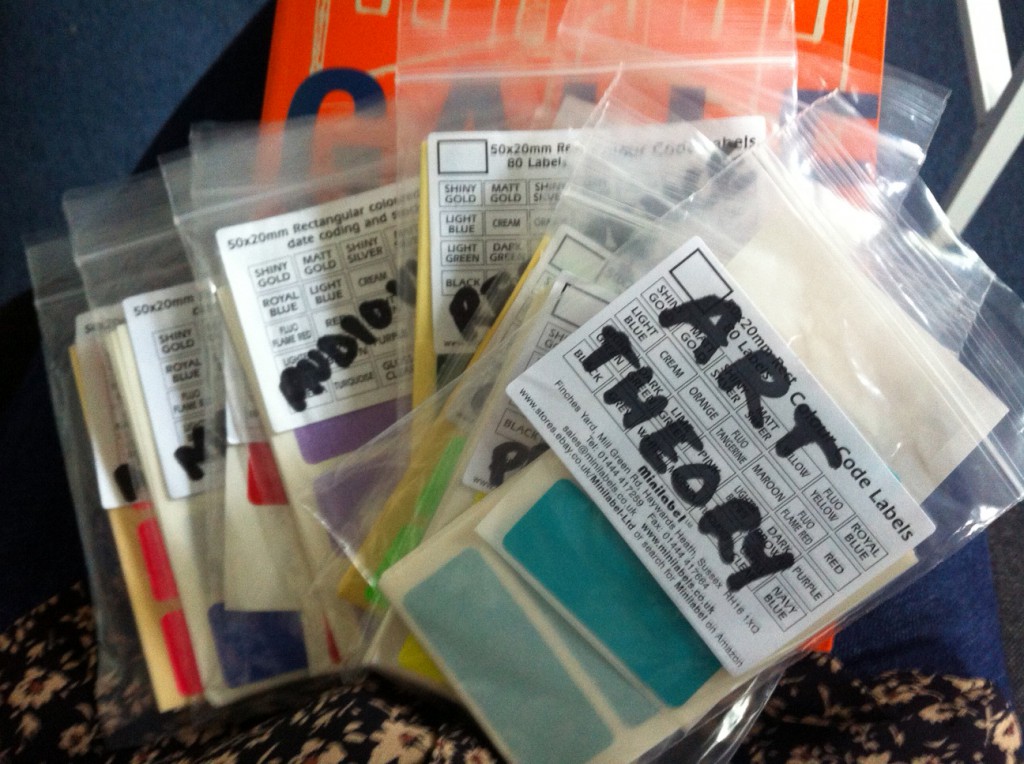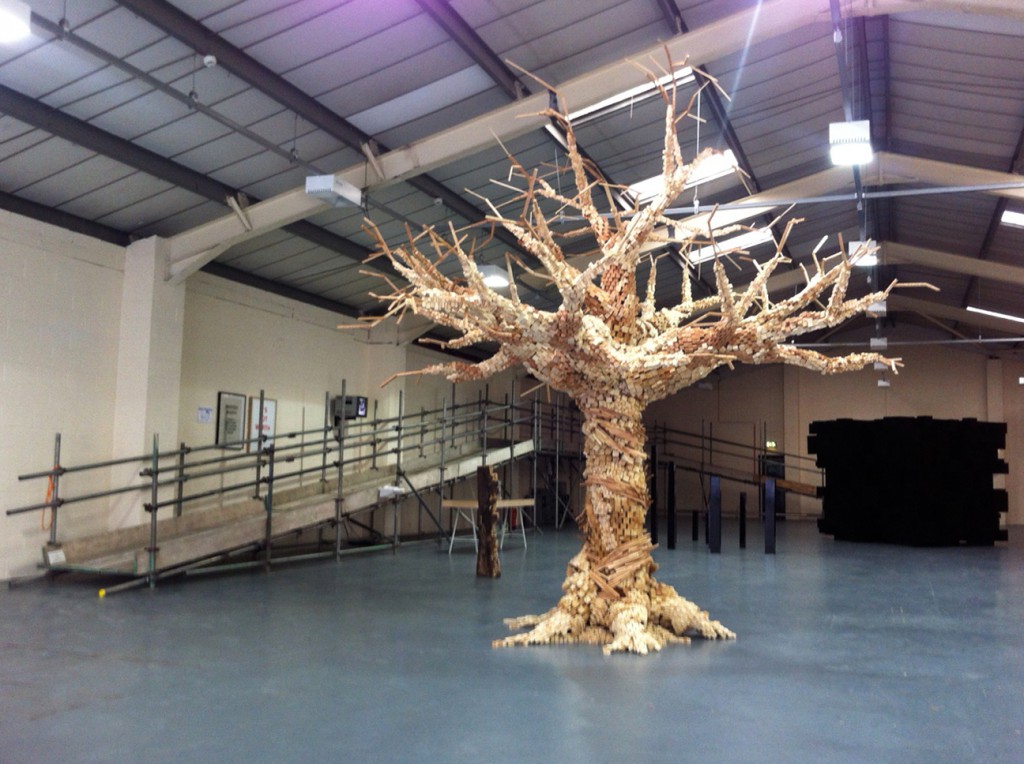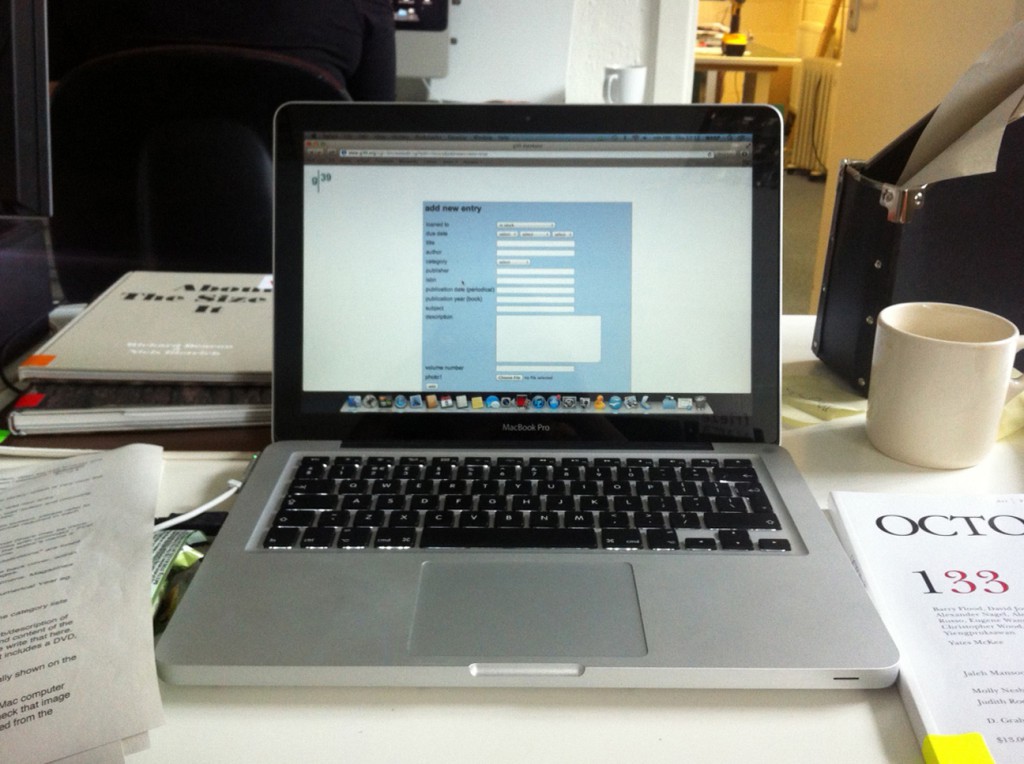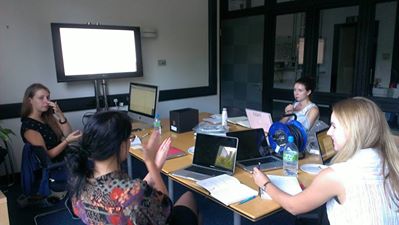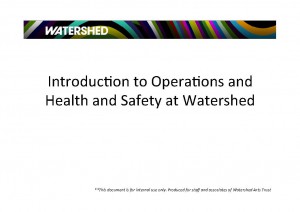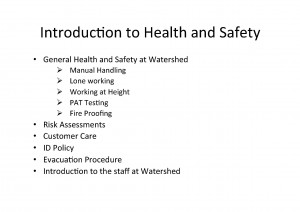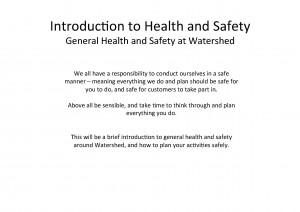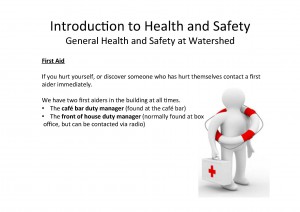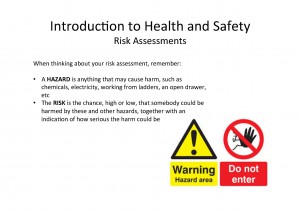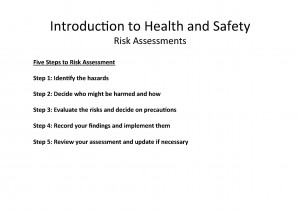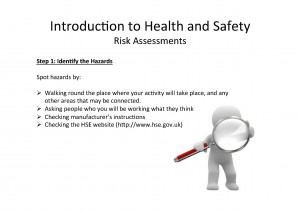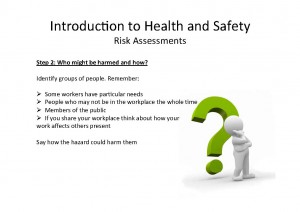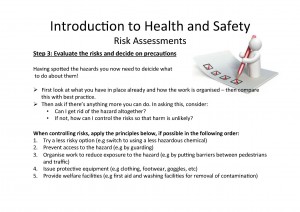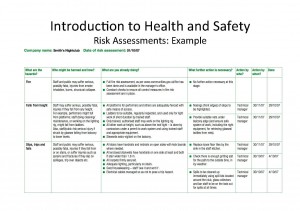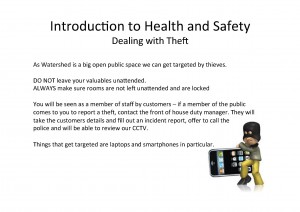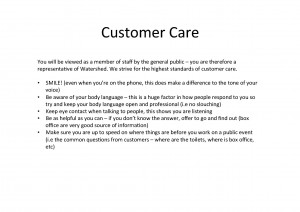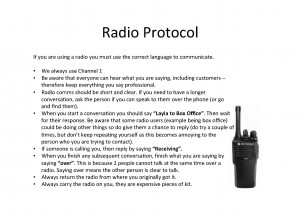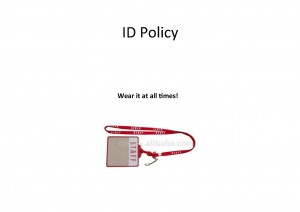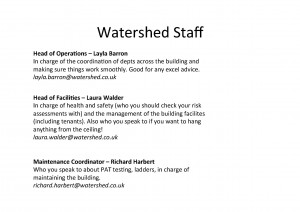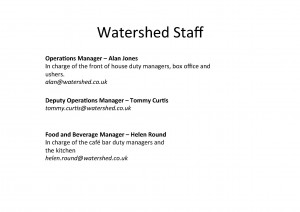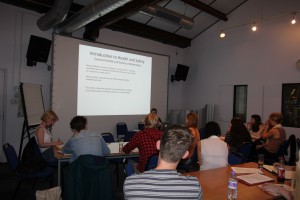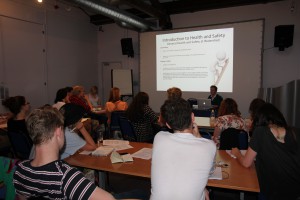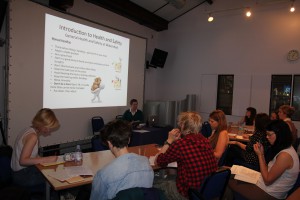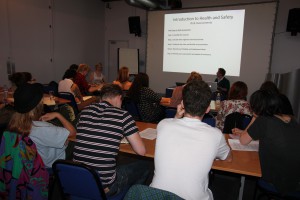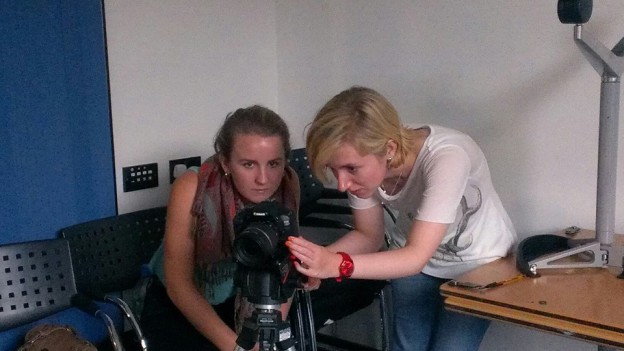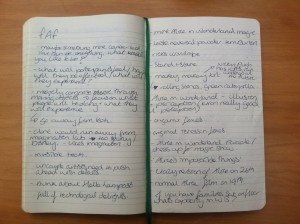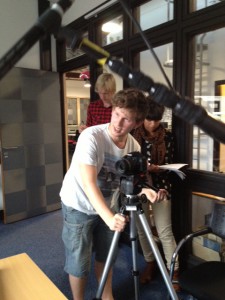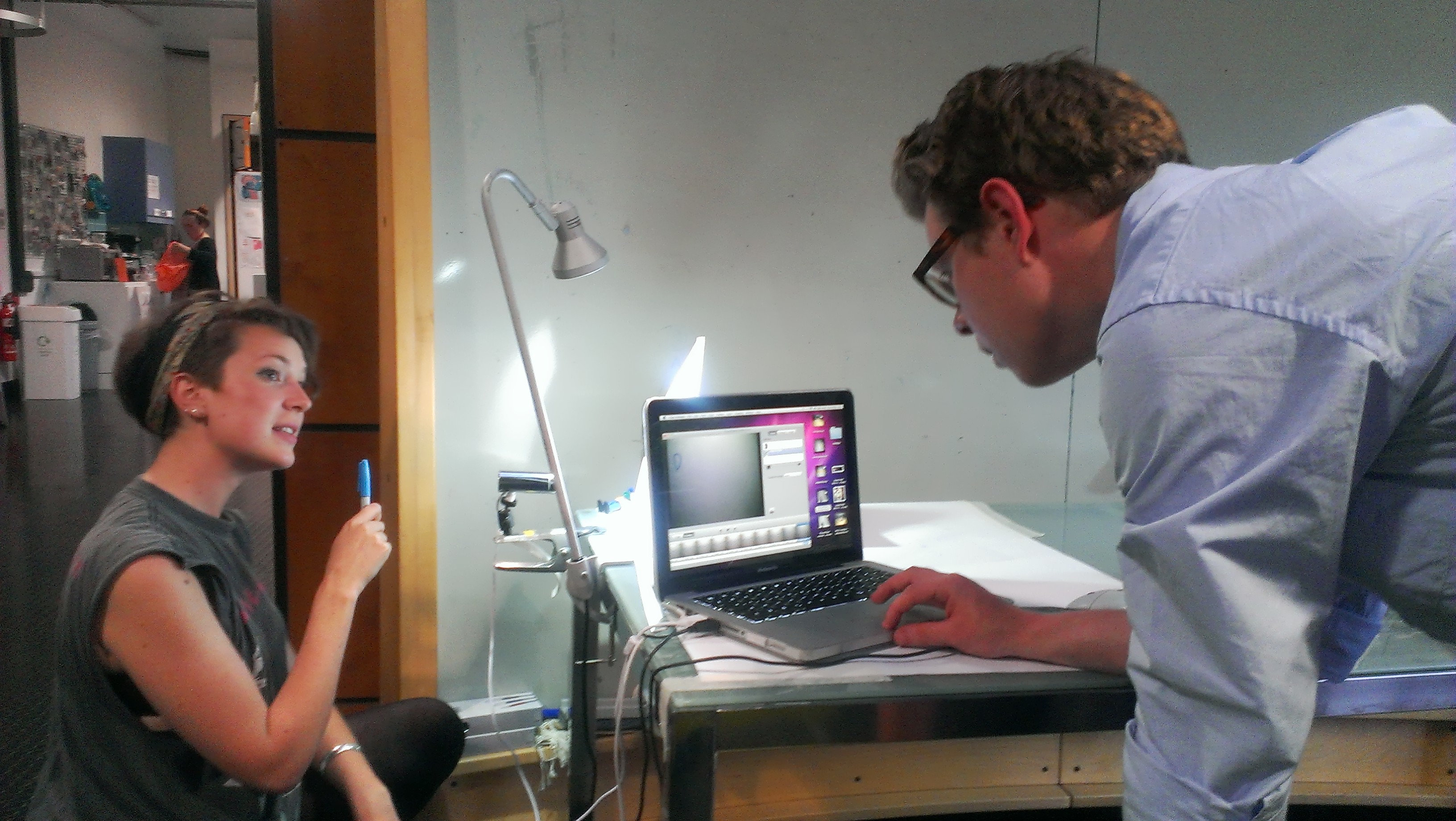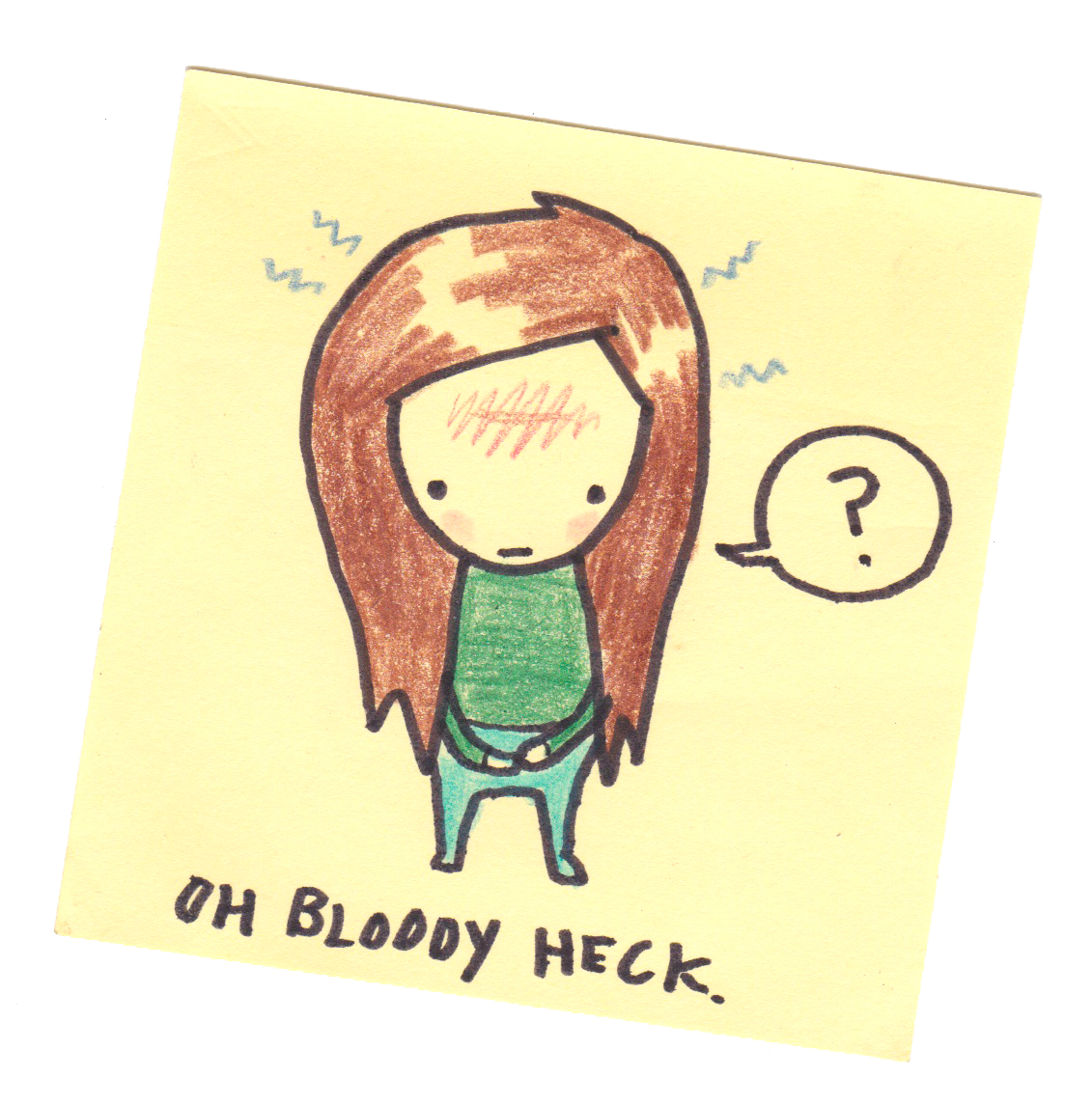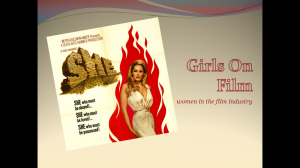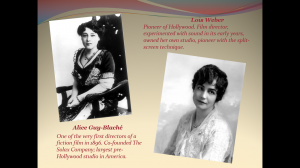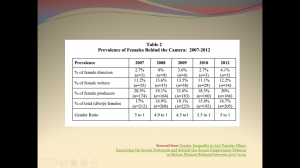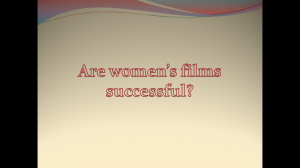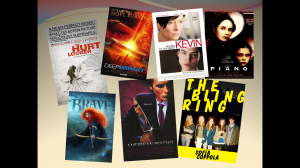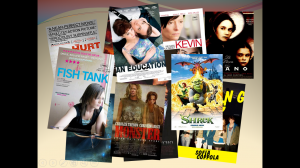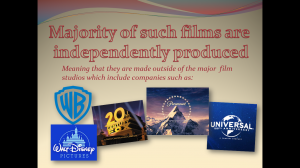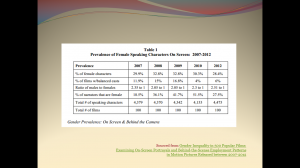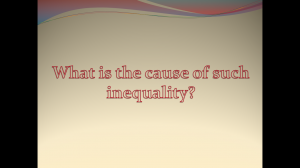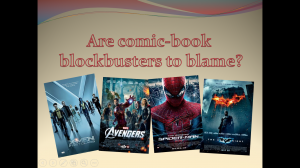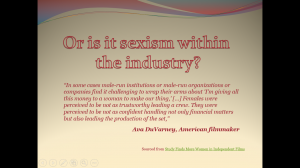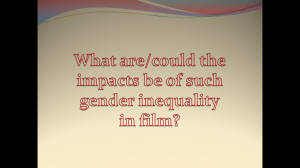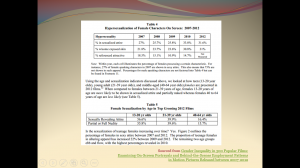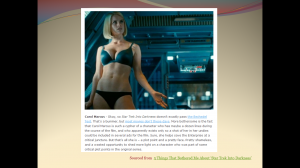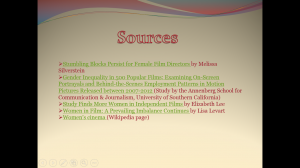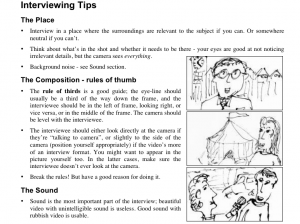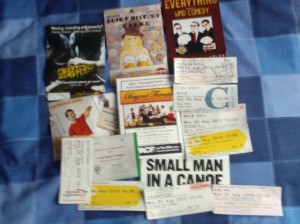
A collection of ticket stubs and flyers from my time at the Edinburgh Fringe Festival.
Three weeks ago myself and my girlfriend when on our first holiday together to a city we had both always wanted to see and to experience the multiple layers of excitement, fun and unity that make the Edinburgh Fringe Festival so renown.
We were drawn to the Fringe Festival for a lot of reasons. The city of Edinburgh itself, its history, the use of space and buildings, the people, our friends and how that all mixed together into part of the festival’s breathing history. Mainly I think it was because the Edinburgh Fringe Festival is the Mecca, Graceland and Nirvana of aspiring theatre-makers like us. Not only that but a chance to learn and see how for me some of my own ideas as a writer a director measured up against what others might be doing. In many ways the trip has been as much been about research and observation as it has about having fun.
Although we were there we saw a range of shows from comedy and burlesque to documentary-style talks, it was the theatre productions I was most interested in seeing and learning from. Theatre of all kinds from both modern and old classics, devised pieces and works of new up-coming playwrights, physical, in-yer-face-theatre, Theatre of the Absurd and naturalistic pieces.
I don’t like limits and my influences seem to show this as really I am inspired by theatre, books, TV shows and all forms of art that influence my emotions and make me think about the world, whether it’s in a positive or negative way. This impact can be both positive or negative and whether the piece of amazing or abysmal, I feel there is always something to learn and value from it.
At the Fringe I found a lot of theatre pieces that made me think about the wider world and my own skills and ideas of writing, but I would like to focus on three different types of plays (a musical, a collection of monologues and an aburdist piece) and talk about how they have affected the way I write and work as a creative and some of the problems my artform faces.
1) [Title of Show] by Jeff Bowen and Hunter Bell. A post-modern, meta-theatre musical about two characters, Jeff and Hunter, writing a musical about writing a musical for a prestigious musical theatre festival.
We got free tickets to the show while waiting in line to see Avenue Q. I had heard of the musical and the idea and had been interested in seeing it, mainly as I am writing a play with a similar idea about a writer writing a play about a writer writing a play. Recent research has made me feel privileged to have seen it as it was the musical’s professional debate in the UK, along with the fact that the show is well known enough to have its own own wikipedia entry (http://en.wikipedia.org/wiki/Title_of_show)!
The concept worked very well and engaged us as an audience at first with some great songs about the nature of writing and a song involving a singing and swearing piece of paper. However, parts of the dialogue and some of the musical numbers fell flat and felt forced in as filler that helped pad the story out.
Likewise the dialogue at times felt very self-indulgent with references that my girlfriend summed up perfectly as ‘too American’. This was one of the biggest problems with the show and which I took from it in relation to my own play. I felt some parts of the dialogue and ideas were self-indulgent given how the writer’s played and joked with theatrical conventions and ideas given the meta-theatrical elements of the play, which are elements that appear in my current work. Seeing how these jokes can be inaccessible has helped to make my own writing of dialogue more accessible about making sure that my writing is being smart but not ‘too smart’.
This especially happened during the second half of the show that research told me was added after its original run and that new scenes and songs have and are continually being added. This half dealt with the fall-out and return to normality when the musical within a musical’s off-Broadway finished which initially showed promise. However, dialogue and character developmental felt cliché and could have been handled better.
Research into the show has helped me changed some of my views on the writers’ intentions and desire to further evolve their musical with added scenes which I feel is a genius idea. The problem I still feel is that these scenes should be better tailored to fit in with the rest of the puzzle.
All of this knowledge I am currently applying to my own play as in some ways I have also tried adding dialogue and parts to the scene, occasionally trying to shoe-horn an idea in, or throwing different idea onto the canvas hoping that things will stick and work together like a Jackson Pollock painting. This is something I am currently amending through re-editing the work and I will continue to do during the drafting piece when the deadwood is will cast off.
2) Shattered! A series of monologues written by people fighting various kinds of mental health issues. Part of the Fringe Festivals PBH’s Free Fringe, a troupe of young Scottish actors from Chimaera Productions took turns to recount their characters experiences living with various conditions and symptoms associated with mental health problems.
Dressed in hospital gowns and involving physical theatre and striking direction where the other actors would surround the speaker and act out their struggles, including the voices in their heads and representations of self-harm helped the show to leave its mark on the audiences’ minds. The testimony itself was provoking in dealing with different aspects of prejudice and ideas of mental health that our cultural appals yet also accepted and makes fun of.
A part from some issues understanding some of the actors very thick Scottish accents, I barely blinked and was almost on the verge of tears throughout different points of the show that struck a chord with my own experiences and the experiences of those I have known.
As a writer the nature of the script the main inspiration was helping me to better consider how to approach writing about mental health problems. As a director and as a Future Producer more especially the production opened my eyes to a different way of looking at how to communicate with an audience and better use movement to enhance the message of a story. Something I have not yet fully explored.
In both cases this is something I would and will explore as a director and a writer in the future. Some elements of this kind of physical theatre I have entered my mind before, yet I have not be able to best figure out how to write such encounters. For examples, I have been playing with for a few years involving a man crying for the loss of his partner while three different characters, representing his psyche take it in turns to dance with his memory of her across the room.
3) Family Tree, a devised play by newly formed Matatabi Productions. The story as the blurb describes it is one where ‘you’re not supposed to laugh – her father’s dead, her boyfriend’s a bastard, the cat’s talking, and her flat’s filling up with invisible men. You’re not supposed to laugh, but you do.’
It was tragic, it was funny and unbelievable intelligent with a fantastic use of props and changeable set that reminded me that absurdism can go beyond the boundaries of exposing the darker elements of human behaviour. It was a piece of absurdism that was not from the school of thought I was used to and more than any other piece I saw during my time in Edinburgh I believed deserved a bigger audience than were present.
What made it great was a cast of actors who made their characters distinct and fluid from line to line and movement to movement. The dialogue also mixed each character’s story, which clashed with each other with some interesting results. It was confusing its motives, ideas showed a reflection of real humanity and human spirit in the character throughout. The dialogue and the writing, like most of the plays I fall in love with, caught my heart.
Relating ‘Family Tree’ to my current play ‘Without Direction’, which too is also an absurdist piece, has helped my confidence. I had been writing it on-and-off again for the last year before and I have had doubts over the quality the dialogue and the character’s relationship. What I started writing in the style of Beckett and Pinter, two of my biggest post-university idols, became somewhat different with more love and emotions. Something that at the time I felt could not work.
Yet what it has also reminded me of was the need for simplicity in storytelling, no matter how complex your ideas are. As I have mentioned, within ‘Without Direction’ I have been throwing different ideas upon a canvas too see what sticks rather than properly structuring the story in the way I have with previous works. Since returning I have tried to re-shape the play and re-think about the themes I am exploring and streamlining the dialogue and story developing within its three acts. . I have been making sure that I am being most effective by keeping my dialogue focused on what the characters want and should say in relation to the play’s main themes, rather what I what them to say.
The experience also afterwards of researching for the pieces sole playwright led me to find the piece was a collaborative involving ‘actors, designers, choreographers, musicians and writers in an open rehearsal space through play, imagination, generosity and vulnerability.’ Creating stories in an organic and collaborative way which is something I have not yet done. It is something also that has given me a lot of ideas for the future.
Overall what I gained from the trip has been simply invaluable. The trip has filled me with a lot of hope about my own talents and future as a writer and has helped me to see my strengths, yet also my weaknesses. Given especially my current play, which is my most ambitious piece of writing to date, it’s made me realize that there is an audience out who would be interested in such an absurd and different piece of work. It might not be a big audience but they’re an audience who will care.
It has also made me think about where I would like to do my Future Producers Plus work experience placement with a production company or at a venue where I can learn about how productions are put on and how these organisations run. Research will also help my understanding of these arts organisations in the weeks before such a placement and will help me to come up with plenty of questions for the professionals I work with.
